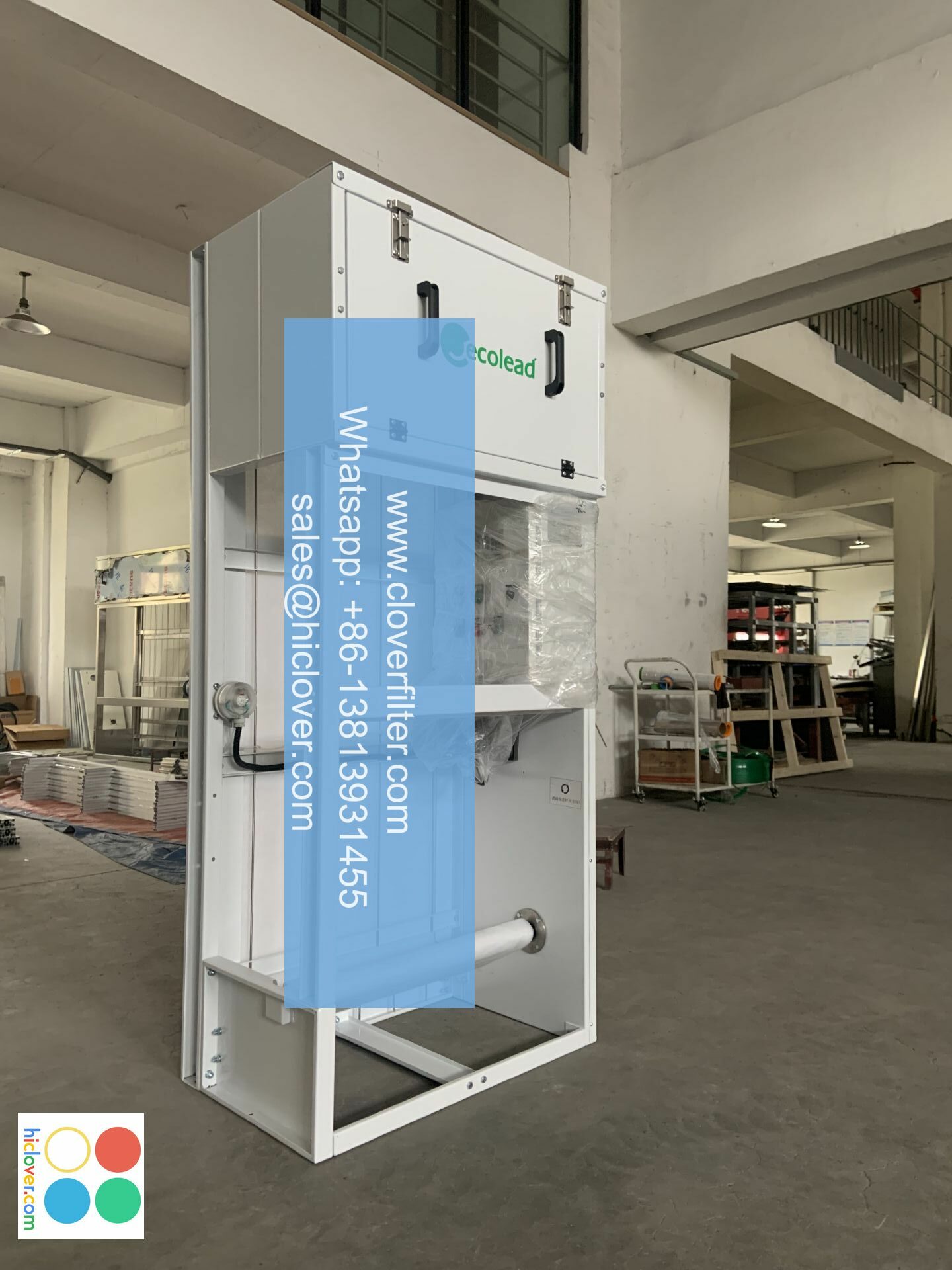Air Filter and Government

The air we breathe has a significant impact on our health and wellbeing. With the increasing levels of air pollution, it has become essential to have a robust air filtration system in place. The government plays a vital role in ensuring that the air we breathe is clean and safe. In this article, we will explore the connection between air filters and government, highlighting various application areas and the importance of air quality monitoring and indoor air purification.
Government Regulations and Air Filter Standards
The government sets standards and regulations for air filter manufacturers to ensure that their products meet certain air filtration efficiency and air purification standards. These regulations help to prevent the spread of airborne diseases and reduce the negative impact of air pollution on public health. The Environmental Protection Agency (EPA) and the Occupational Safety and Health Administration (OSHA) are two government agencies that play a crucial role in setting and enforcing these standards.
Application Areas of Air Filters in Government Buildings
Air filters are used in various government buildings, including federal offices, state buildings, and local government facilities. These filters help to remove particulate matter, gases, and odors from the air, creating a healthier and more comfortable environment for employees and visitors. Some of the key application areas of air filters in government buildings include:
* Ventilation systems: Air filters are used in heating, ventilation, and air conditioning (HVAC) systems to remove pollutants and contaminants from the air.
* Indoor air quality monitoring: Air filters are used to monitor indoor air quality and detect the presence of volatile organic compounds (VOCs), nitrogen dioxide, and other pollutants.
* Clean rooms: Air filters are used in clean rooms and laboratories to maintain a sterile environment and prevent contamination.
Benefits of Air Filters in Government Facilities
The use of air filters in government facilities has several benefits, including:
* Improved indoor air quality: Air filters help to remove pollutants and contaminants from the air, creating a healthier environment for employees and visitors.
* Reduced energy consumption: Air filters can help to reduce energy consumption by improving the efficiency of HVAC systems and reducing the need for air conditioning and heating.
* Increased productivity: By improving indoor air quality, air filters can help to increase productivity and reduce the number of sick days taken by employees.
Future of Air Filters in Government Facilities
The future of air filters in government facilities is exciting, with new technologies and innovations being developed to improve air filtration efficiency and indoor air purification. Some of the trends that are expected to shape the future of air filters in government facilities include:
* Increased use of IoT technology: The use of Internet of Things (IoT) technology is expected to increase, allowing for real-time monitoring of indoor air quality and more efficient maintenance of air filtration systems.
* Development of new filter materials: New filter materials, such as nano-fibers and bio-based materials, are being developed to improve air filtration efficiency and reduce the environmental impact of air filters.
In conclusion, the connection between air filters and government is crucial for maintaining clean air and public health. By setting standards and regulations for air filter manufacturers, the government plays a vital role in ensuring that the air we breathe is safe and healthy. The use of air filters in government facilities has several benefits, including improved indoor air quality, reduced energy consumption, and increased productivity. As new technologies and innovations are developed, the future of air filters in government facilities is expected to be exciting and dynamic. You haven’t asked a question or provided any context for me to respond to. Please provide a prompt or ask a question, and I’ll do my best to provide a helpful and informative response. What would you like to talk about?

